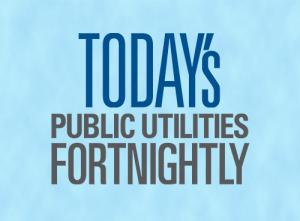Hammer's Light

In December of 1931, the inventor of the compact fluorescent lightbulb (the CFL), Edward Hammer, was born in Brooklyn. Thomas Edison and Nikola Tesla had developed fluorescent lights in the late nineteenth century, but neither marketed them. Peter Hewitt went further in the early twentieth century, but the blue-green light color of his lights was unpopular. By coating neon tubes with phosphors, fluorescents produced a white color, which was a hit at the 1939 World’s Fair.
Three times more energy efficient than incandescent bulbs, long fluorescent tubes lighted the country’s massive manufacturing effort during World War II. And they became ubiquitous at places of work by the fifties. Still, the elongated shape limited acceptance in the home. Sylvania miniaturized the fluorescent in 1974 to tuck it into a bulb. Production was difficult, however.
That’s when Hammer came up with the idea of making the fluorescent into a spiral in the shape of, well, a bulb. But General Electric, his employer, found it was difficult to manufacture. Hammer’s idea languished until other companies began manufacturing and marketing CFLs in 1995.



